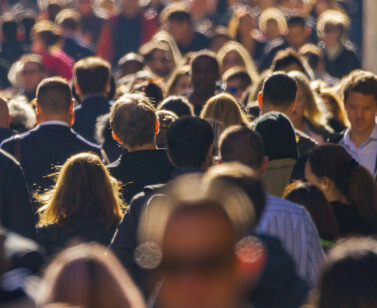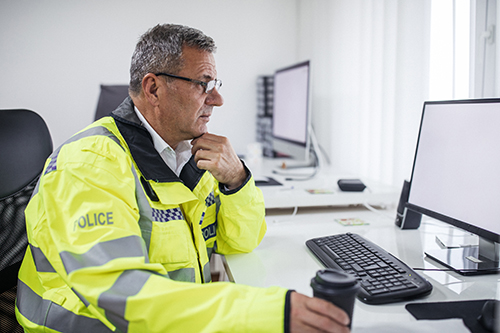What is Retrospective Facial Recognition?
Retrospective Facial Recognition in Policing identifies individuals post event from images or videos by submitting an image or a video into the system. It is matched against all subject images in your reference image gallery where a set of ranked candidates are returned to an officer for human adjudication.
Using retrospective facial recognition can save your force significant time and resources in the following investigations:
- Cold Case Identification
- Missing or vulnerable individuals
- Human Trafficking
- County Lines
- Wanted Individuals
- Serious organised crime
How can Retrospective Facial Recognition help your force?
It speeds up investigations
It locates or identifies individuals against watchlists significantly faster than manual review; potentially saving weeks of investigation time that can be reallocated to working on other cases.
It offers great return on investments
Our retrospective solution helps you look for individuals who may have already been captured in custody photos, video or CCTV. This is different from our live solution, which helps to prevent harm by matching faces in real time.
It can add value in a range of areas, like identifying or locating missing people, dangerous offenders or victims, even reopening cold cases to identify unidentified individuals.
It’s proven in UK policing
It’s been chosen by six UK forces to support faster investigations, safer custody processes and more.
Since being deployed with South Wales Police is has been highly successful, and is now used in partnership with Gwent Police.
Use Cases
Frequently Asked Questions
NEC’s Retrospective Facial Recognition (RFR) allows police to compare CCTV footage, mobile images, or suspect photos against secure databases to identify individuals after an incident has occurred.
Unlike LFR, which works in real-time, RFR is used for post-event investigations. It enables officers to search and match faces from recorded footage, helping to accelerate suspect identification.
Data retention follows strict UK policing policies. Non-matching images are deleted automatically, while matches are stored according to investigative and legal requirements.
NEC’s NeoFace algorithm provides industry-leading accuracy, recognising faces across different lighting, angles, and image qualities—making it ideal for forensic investigations.
Yes, NEC RFR helps generate investigative leads, and its results can be used as part of evidential cases, supported by other forms of police evidence.





